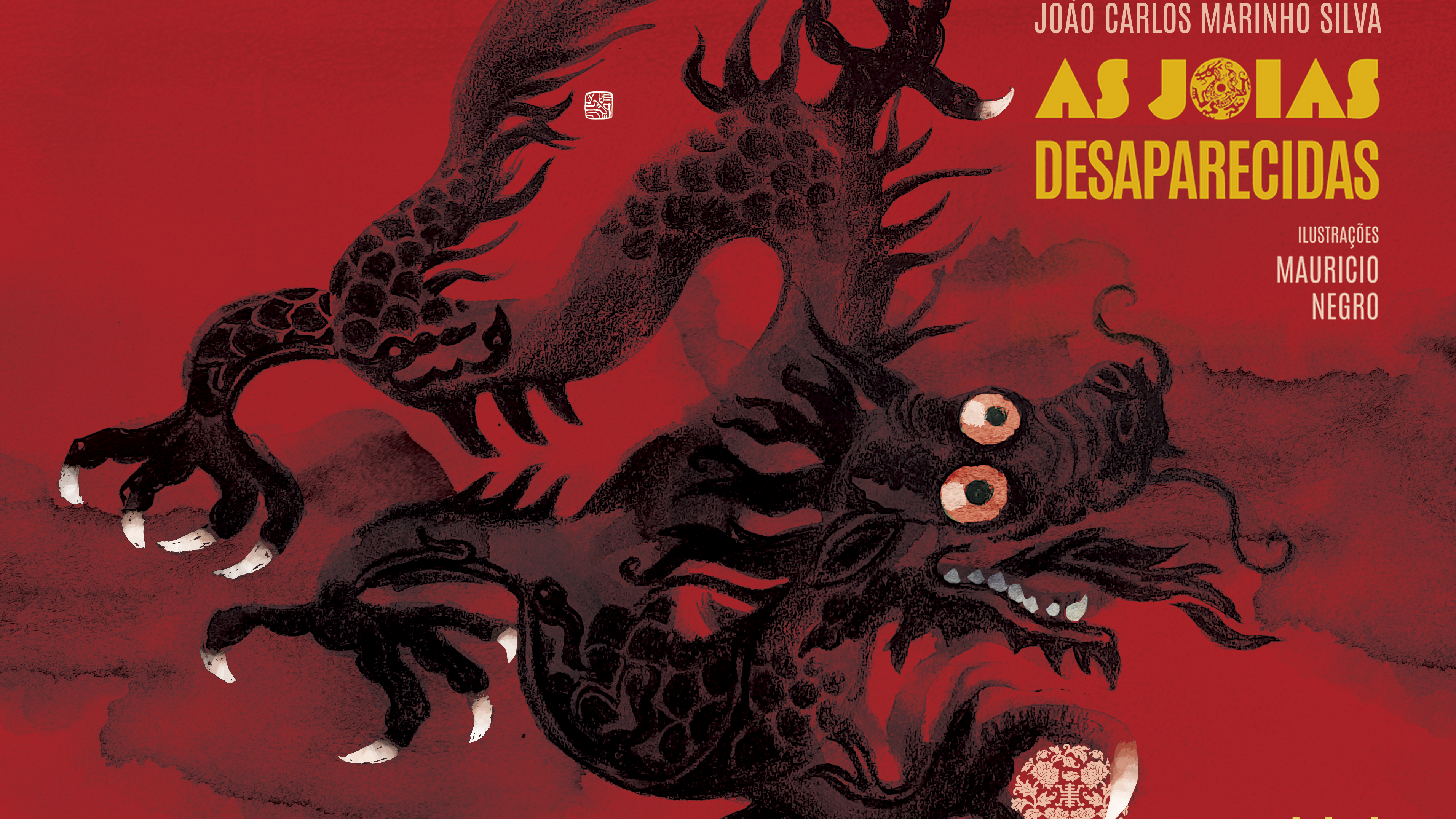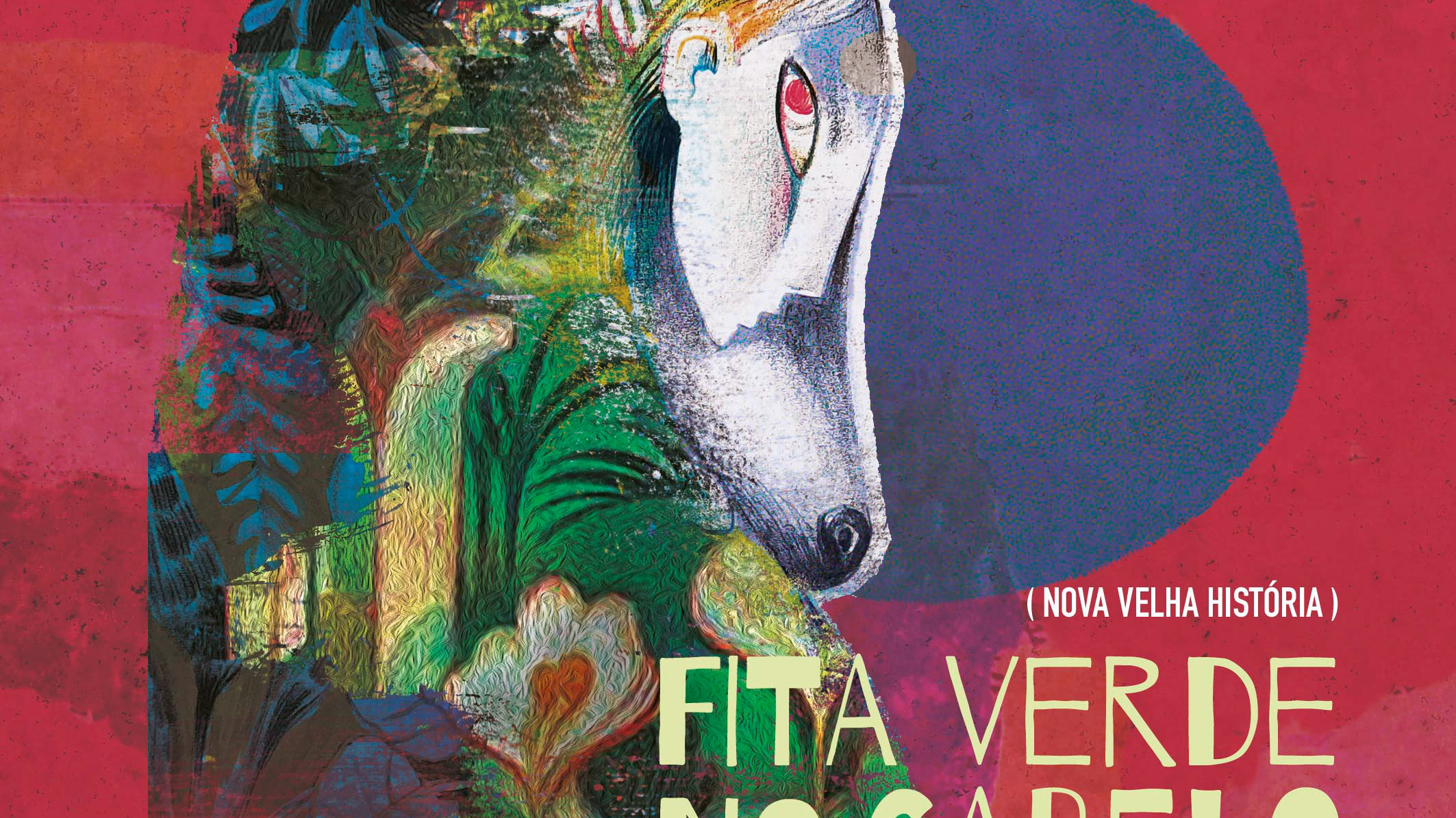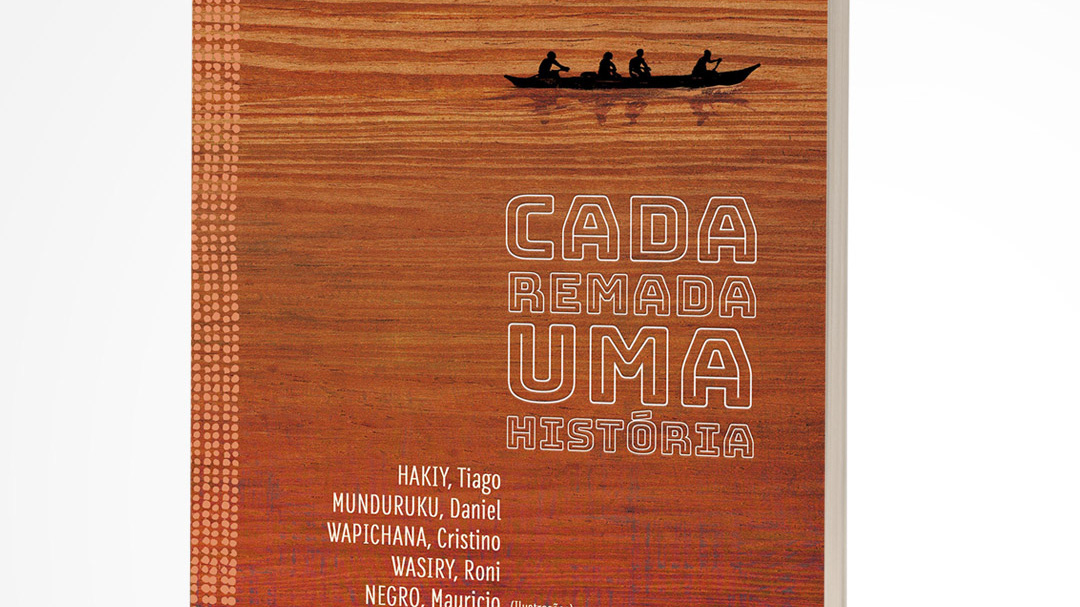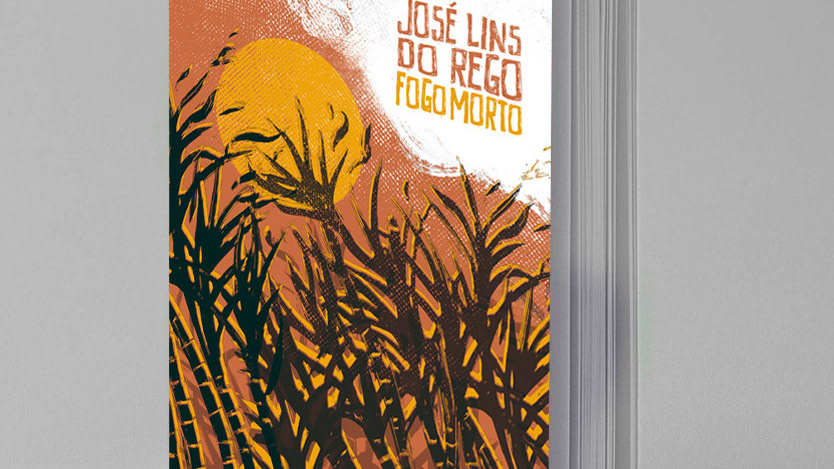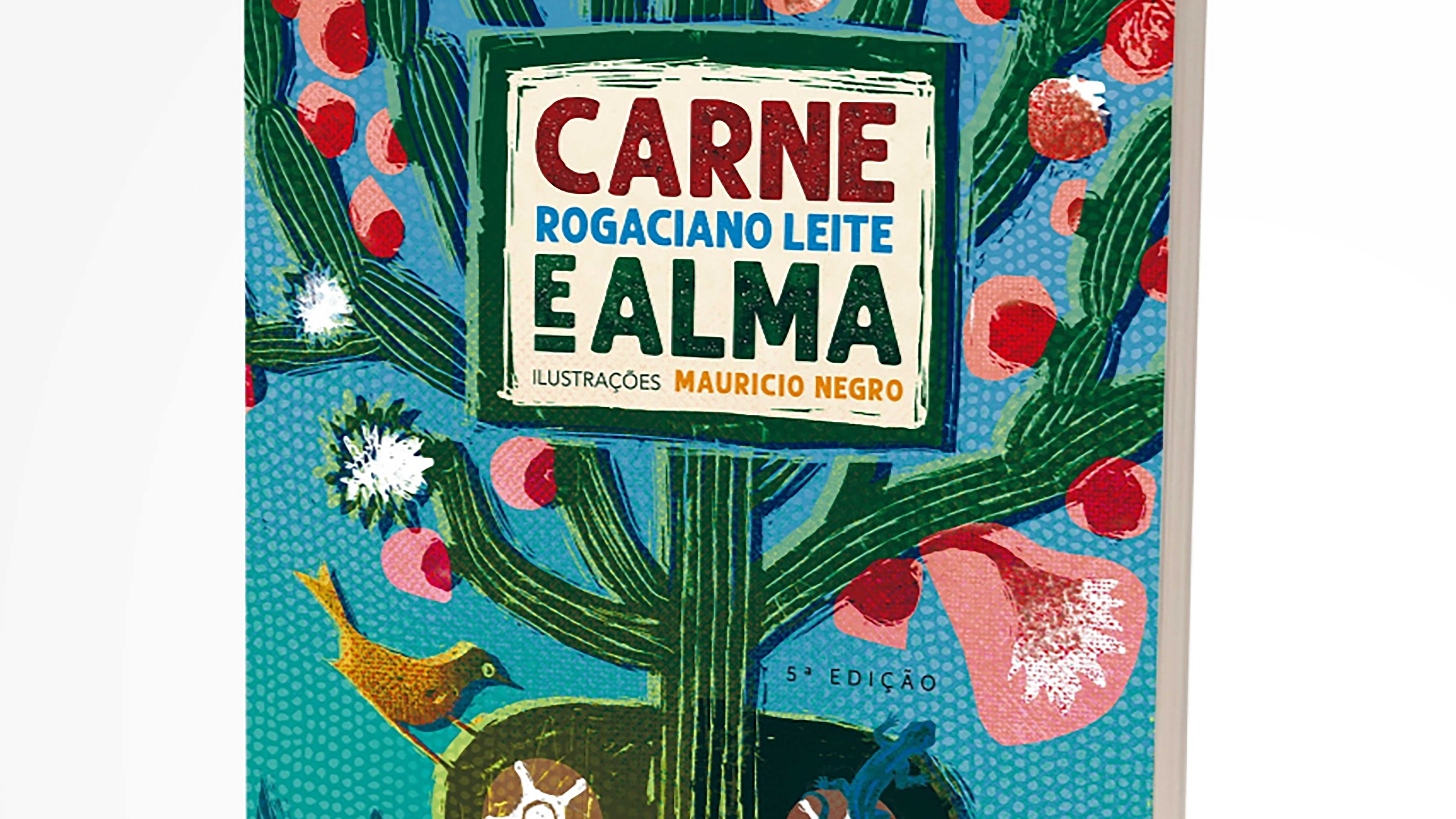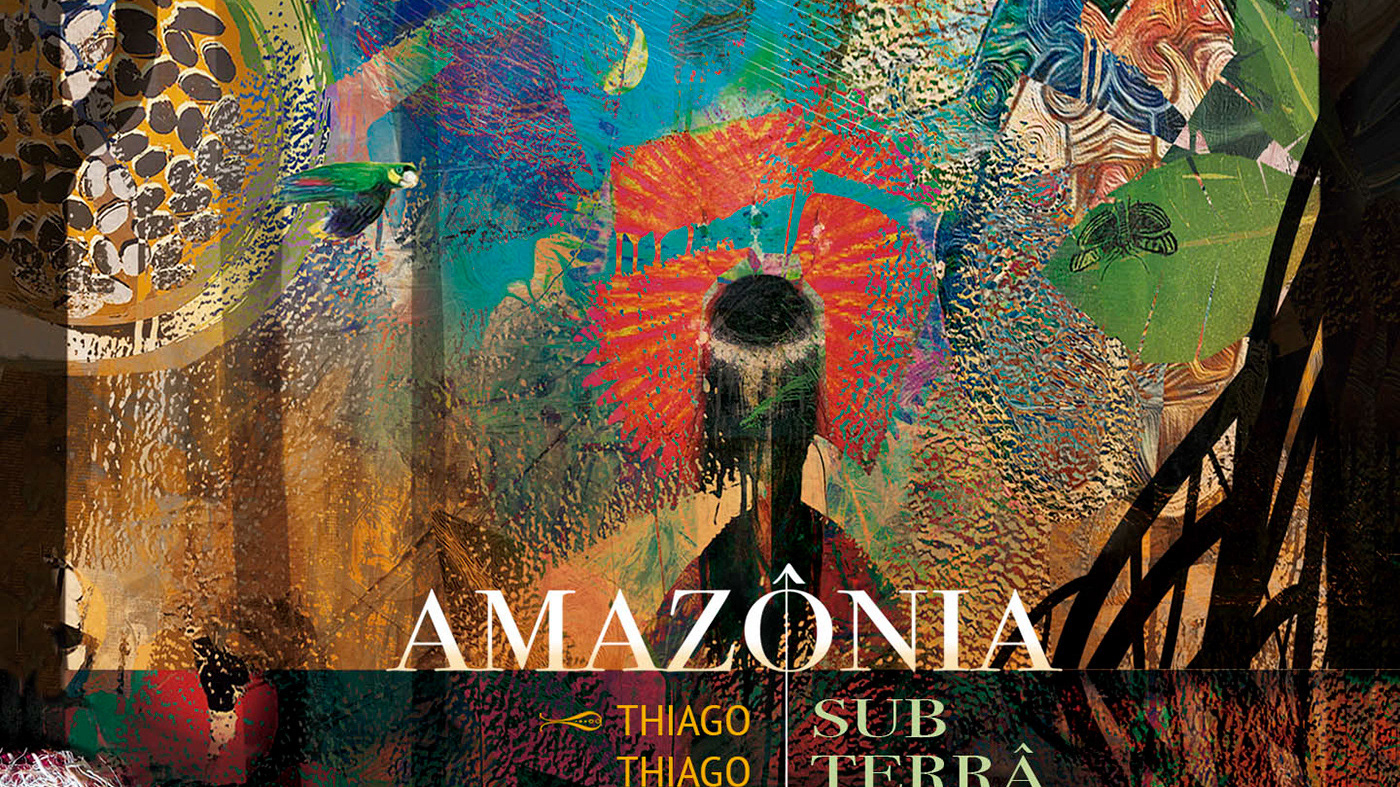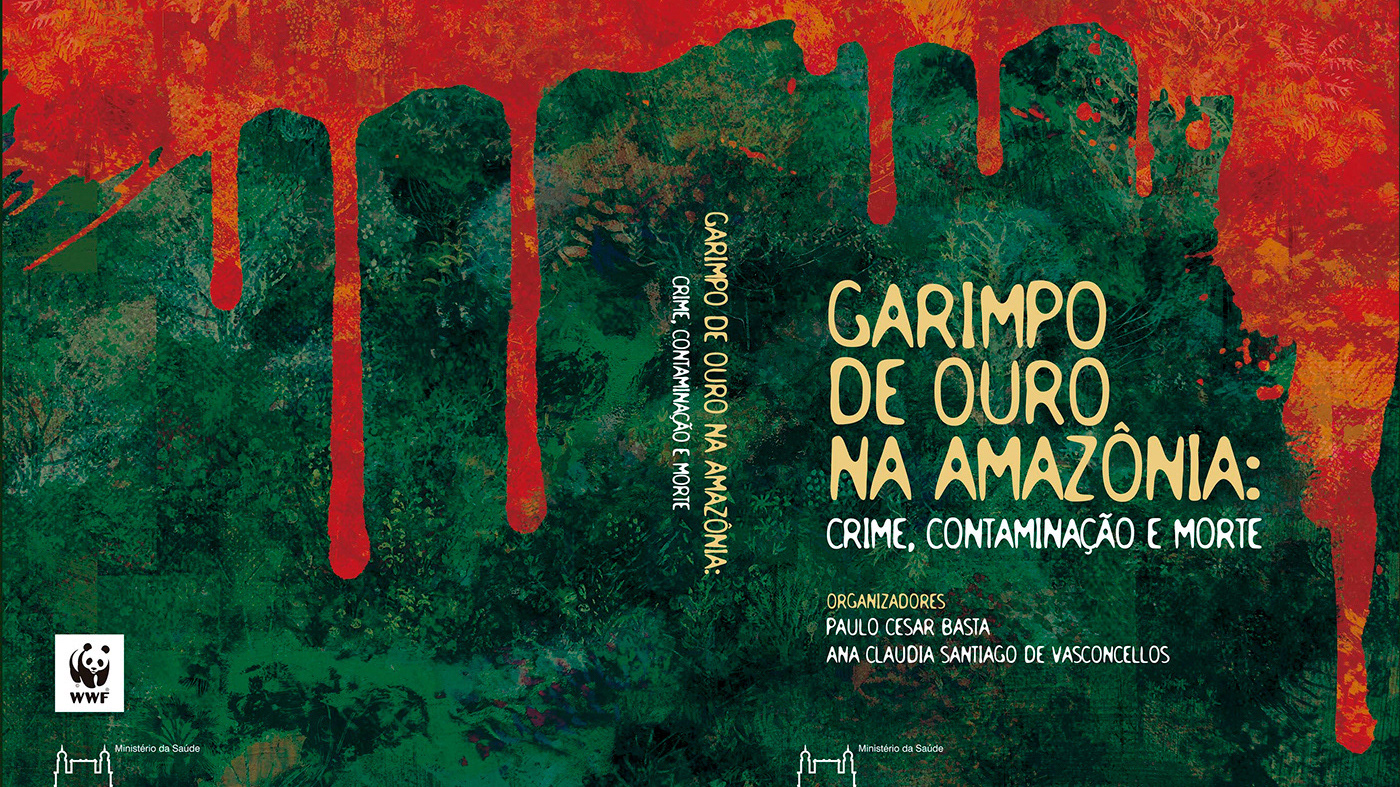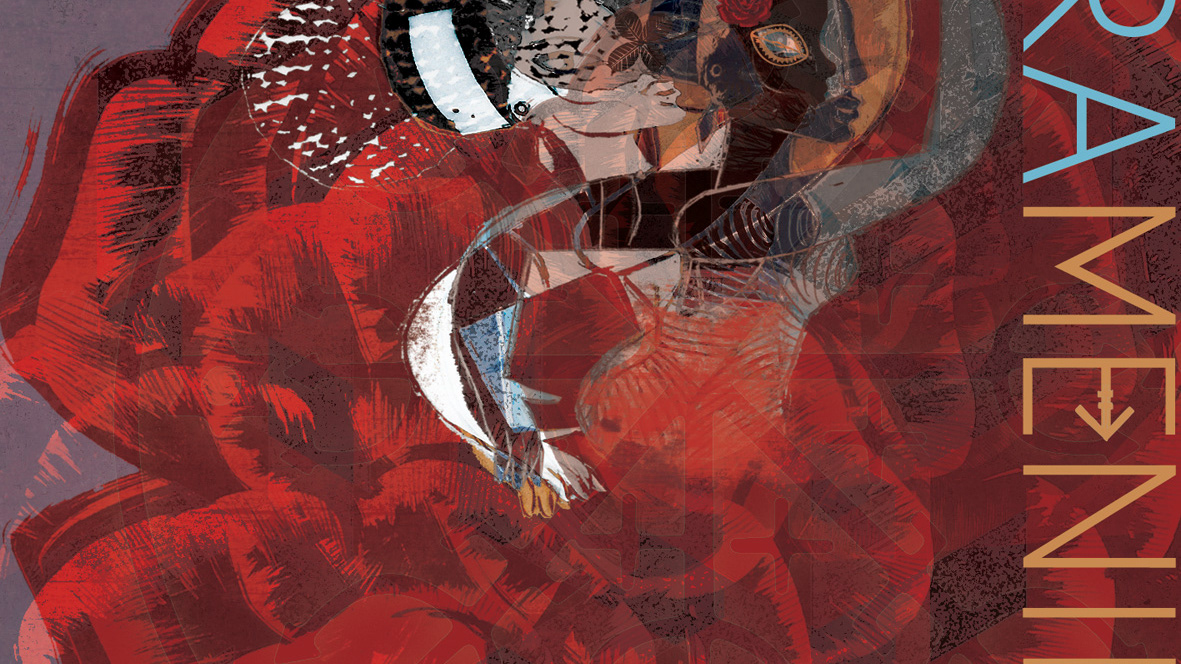2022_Highly recommended | FNLIJ
2021_Selection award | Cátedra UNESCO de Leitura PUC-Rio
2021_PNLD Literário Selection 2020 | MEC-FNDE
text_Cristino Wapichana
illustrations_Mauricio Negro
graphic design_Rita m. da Costa Aguiar e Fernanda do Val
Edições SM, 2021
No tempo antigo, Quando o céu morava perto e todos falavam a mesma língua, Tomoromu sobressaía entre as demais árvores da floresta por seu tamanho descomunal e suas propriedades singulares. assim começa a narrativa de tradição oral do povo Wapichana, um dos mais de trezentos povos originários que vivem no Brasil,
Narrada por um pajé wapichana, caprichosamente recontada por Cristino Wapichana e ilustrada por Mauricio Negro, a história revela que houve um evento disruptivo que alterou para sempre aquele cenário primordial, que separou o tempo do espaço, a escuridão da noite da luz do dia, e provocou uma intensa diversificação de espécies de árvores, animais, rios, igarapés; e fez surgir o mais famoso dos montes, onde há mais de quatro mil anos vivem os Wapichana e outros povos originários da região que ficou conhecida como Roraima.
In ancient times the sky lived nearby and everyone spoke the same language. Tomoromu stood out among the other trees in the forest due to its enormous size and unique properties. This is what the oral tradition Wapichana people brings. They are one of the more than three hundred original peoples living in Brazil.
The story was told to CRistino by a shaman of his people. it's whimsically retold by him and illustrated by Mauricio Negro, the narrative reveals that there was a disruptive event that altered that primordial scenario forever, which separated time from space, the darkness of night from the light of day and caused an intense diversification of species of trees, animals, rivers, streams; It gave rise to the most famous of their mountains, called later Roraima, where the Wapichana and other Indigenous peoples have lived for more than four thousand years.
MAGICAL FANTASY | MUSIC BY Dmitriy Sevostyanov
O livro narra os primórdios do mundo segundo os Wapichana, povo de manejo agrícola fundamentado na coivara e no rodízio, e assim nos estimula a refletir sobre preservação, sustentabilidade e respeito pelos saberes milenares das populações tradicionais e culturas originárias.
De autor e ilustrador atuantes na difusão das culturas indígenas brasileiras e reconhecidos no Brasil e no exterior, Tomoromu, a árvore do mundo traz um texto envolvente, ilustrações sofisticadas e ainda, um paratexto completar enriquecedor, assinado por especialistas em patrimônio cultural e literatura indígena.
Faça uma degustação gratuita aqui.
The book narrates the beginnings of the world according to the Wapichana Indigenous people whose agricultural management was based on coivara and rotation (burning and small-scale rotational planting). The story encourages us to reflect on preservation, sustainability and respect for the ancient knowledge of traditional populations and original cultures.
Signed by Recognized author and illustrator in Brazil and abroad, both active in the dissemination of Brazilian indigenous cultures, Tomoromu, a árvore do mundo brings an engaging text, sophisticated illustrations and also an enriching complete paratext signed by specialists in cultural heritage and indigenous literature.
enjoy a free tasting here.
two very interested readers
Cristino Wapichana | Silver Medal Peter pan award
